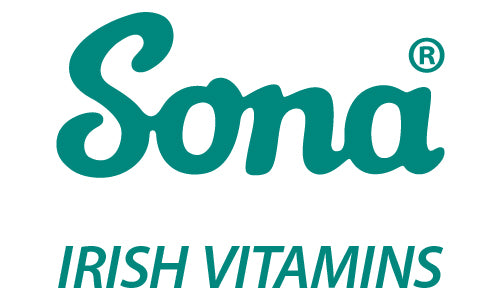
As the cold months roll in, children face an increased risk of catching colds, flu, and other seasonal infections. Poor summer weather has left many children with weaker immune systems. Experts recommend that parents take proactive steps to keep their kids healthy, starting with ensuring they get adequate Vitamin D.
Most Kids Fall Short of Vitamin D
Vitamin D, often referred to as the “sunshine vitamin,” plays a crucial role in maintaining healthy immune function, yet many children are deficient, especially during the autumn and winter months. When children don’t get enough sunlight, their bodies struggle to produce sufficient levels of Vitamin D, leaving them more susceptible to infections like colds and flu. Additionally, modern diets often lack the essential nutrients required to keep the immune system in peak condition, making supplementation even more important.
A recent survey of 91 children's multivitamin products has shown that very few provide the recommended daily dose of 400 IU of Vitamin D. This daily dose is crucial, especially during the colder months when children’s exposure to sunlight is limited, leading to a higher risk of Vitamin D deficiency.
The survey, published in the Archives of Disease in Childhood, found that multivitamins specifically labelled for "healthy bones" or containing only Vitamin D had higher amounts of the vitamin. However, some products still had very low levels, making it difficult for parents to ensure their children get enough Vitamin D from multivitamins alone.
Vitamin D deficiency is a common issue among children in the UK, particularly in winter. Low levels can lead to serious conditions such as rickets and hypocalcaemia (low calcium levels in the blood). To prevent these, Public Health England has recommended a daily intake of 400 IU of Vitamin D for children aged 1-4 all year round, and for older children and adults during autumn and winter.
The Healthy Start initiative, which provides free multivitamins to low-income families, only contains 300 IU of Vitamin D per day, sparking concerns that other children's multivitamins might also fall short of the recommended amount.
In a study conducted in 2018, researchers searched websites of nine major UK retailers, analysing multivitamin products for children under 12. Out of 67 multivitamins and 24 Vitamin D or "healthy bones" supplements, only 25-36% of multivitamins for children over 6 months provided the recommended 400 IU/day. Supplements specifically aimed at "healthy bones" generally had higher Vitamin D levels, with 57-67% of these products containing at least 400 IU/day.
However, some products marketed for bone health contained as little as 50 IU/day of Vitamin D, making it crucial for parents to carefully read labels. Multivitamins are regulated as food products in the EU and UK, allowing for variations in the actual content of Vitamin D ranging from 20% below to 50% above the stated amount on the label.
Experts advise parents to ensure their children receive the recommended 400 IU/day of Vitamin D by either choosing a multivitamin that meets this requirement or considering a combination of multivitamins and Vitamin D supplements
Choosing the Right Supplements
We head into autumn and winter, ensuring your child receives the right nutrients through a combination of diet and vitamin D supplements will go a long way in keeping them healthy.
To ensure your child receives the right amount of Vitamin D, consider supplements like Sona Infant D3 and Sona Kiddie D3. These products are designed specifically for infants and children, providing the optimal dosage to help their bones grow strong and boost their immune systems during the colder months.
References;
British Medical Journal. "Few kids' multivitamin products supply recommended daily vitamin D dose." ScienceDaily.
